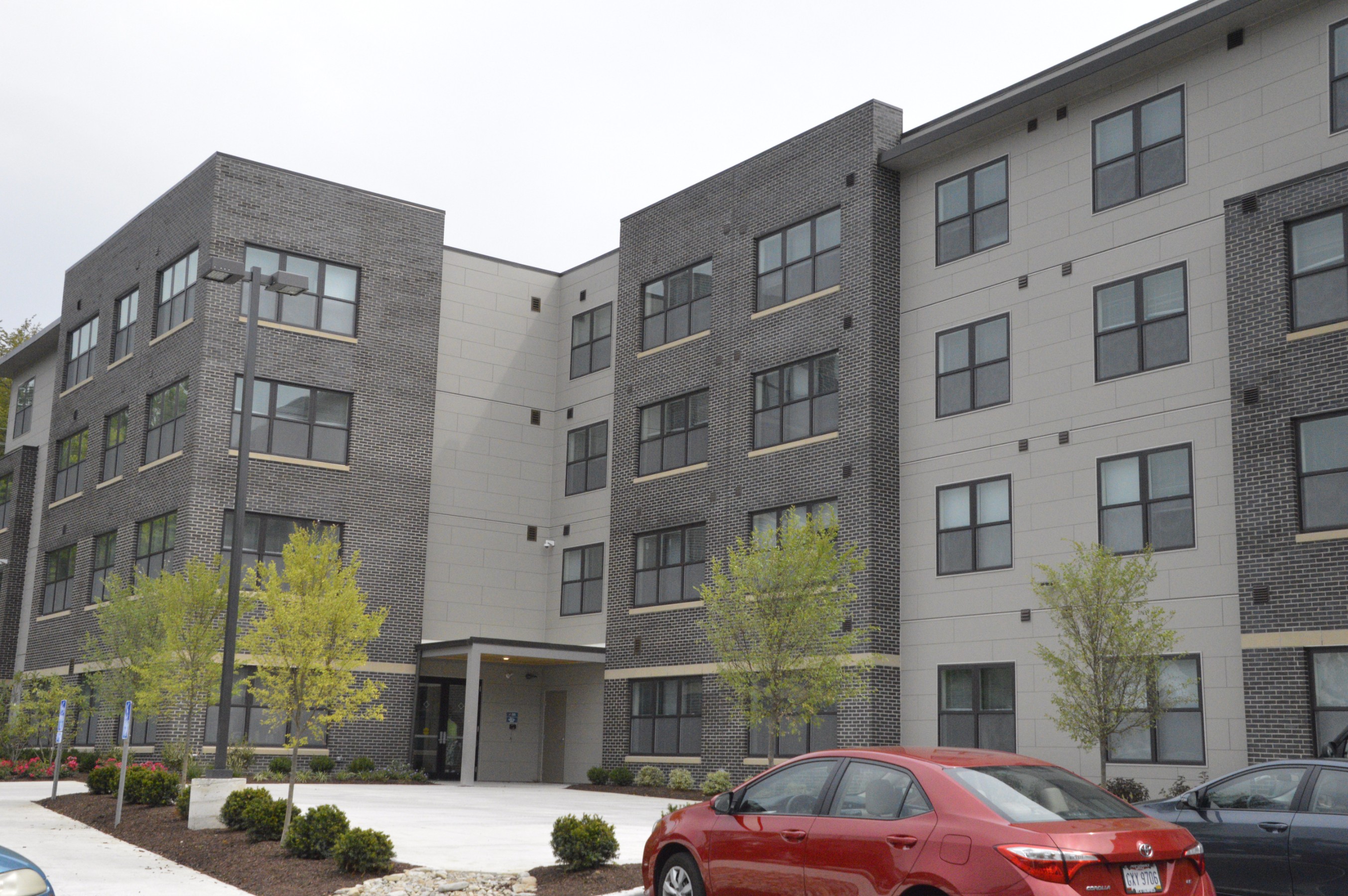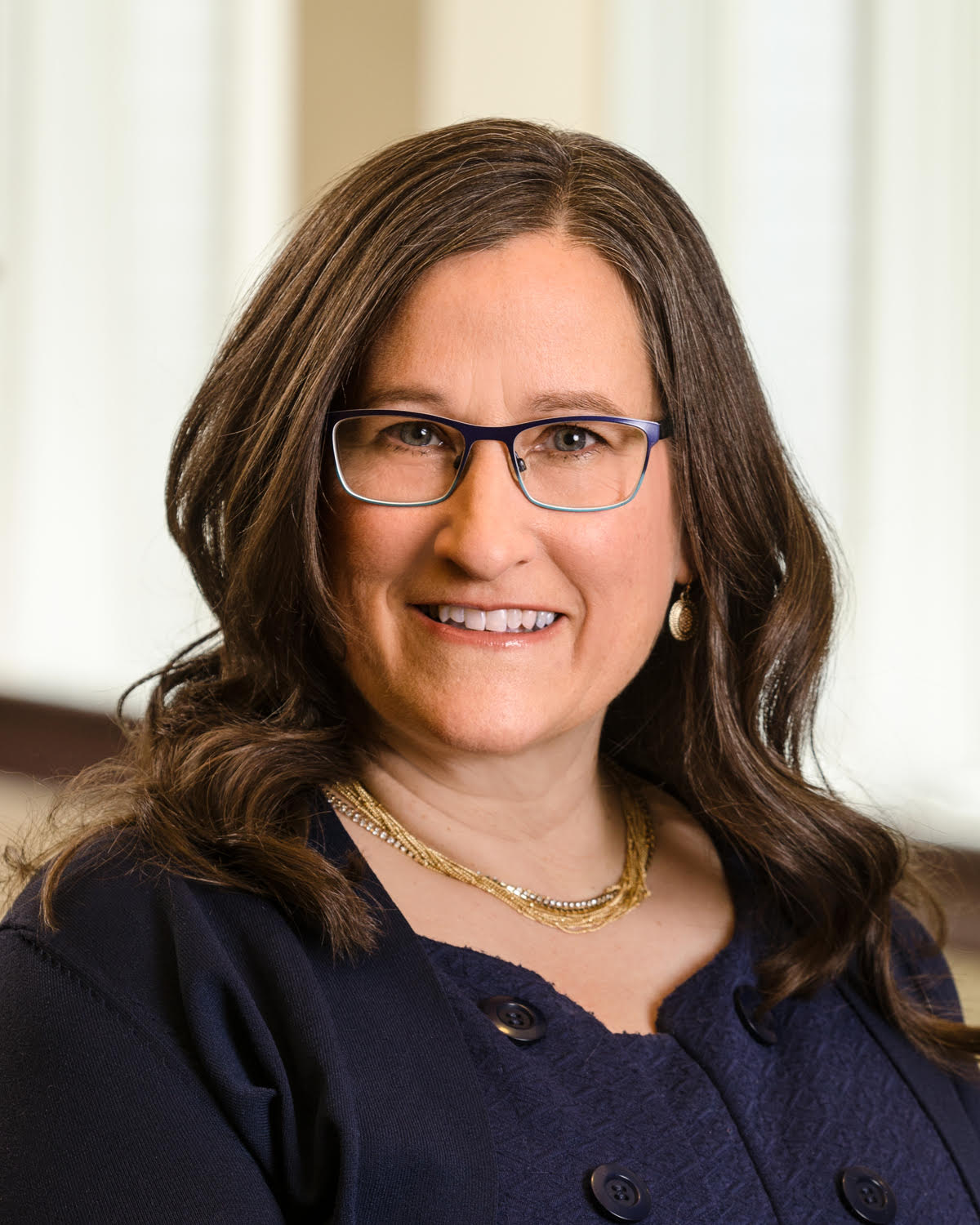 This Earth Day, Affordable Living residents of Episcopal Retirement Services (ERS) retirement communities can take pride in the fact the buildings they live in are more environmentally friendly than many. Aside from being good for the environment, that also means savings on their water, electric and gas bills.
This Earth Day, Affordable Living residents of Episcopal Retirement Services (ERS) retirement communities can take pride in the fact the buildings they live in are more environmentally friendly than many. Aside from being good for the environment, that also means savings on their water, electric and gas bills.
Some newly constructed ERS communities, including Marlowe Court in Cincinnati’s College Hill neighborhood, Knowlton Place in the Northside area, and Forest Square in Avondale, were built to energy-efficient LEED (Leadership in Energy and Environmental Design) standards.
Other ERS Affordable Living communities that were rehabbed from older buildings were reworked to Enterprise Green Communities standards, which aren’t as widely known as LEED certifications but are more attainable for older buildings – where the construction doesn’t start from scratch.
“We work with a third-party green-energy consultant on our Affordable Living rehabs and new constructions, and they’ve guided us through the process of what’s going to be most attainable for each building,” said Janet Westrich, development project manager for Affordable Living.
With newer communities, builders have more control over such things as building materials, and how air will circulate inside, she said.
“Every Affordable Living building that we have either renovated or built new in our portfolio meets one of those green standards, whether it’s LEED or Enterprise Green Communities,” she added.
Scheper Ridge, in Florence, Ky., meets the standards of the 2012 International Energy Conservation Code.
Easier on Residents' Wallets
Building to green standards helps developments qualify for Low-Income Housing Tax Credits, which reduce project costs.
ERS operates 30 Affordable Living communities in Ohio, Kentucky, and Indiana.
Jimmy Wilson, Vice President of Affordable Living at ERS, cited three main reasons for meeting the environmental standards:
- The tax credits help create retirement communities at lower costs;
- “It’s environmentally friendly, and we want to be conscientious about that and to impact the environment in a positive way,” Wilson said.
- “And it’s better for the residents with their utility bills, and for our operations, as well. So it’s a larger up-front commitment, but we know it pays off down the road,” he added.
Westrich added to that: “Particularly for Affordable Living, if income is limited, it’s certainly a benefit to have lower water bills, lower energy bills, that kind of thing. So it’s a benefit to those we serve.
More surprising benefits
Studies also have found some unexpected benefits of environmentally friendly buildings. Among them:
- The U.S. Green Building Council commissioned a survey of 1,001 office workers in the United States who work in an office-building setting found that when asked if they had two equal job offers, 79 percent of workers would accept a position in a LEED-certified building over a non-LEED building.
- That same survey found 93 percent of employees who worked in LEED-certified buildings were satisfied with their jobs, with more than half saying they were “extremely satisfied.” A summary of the survey can be found here.
- Part of that may be because 85 percent said they felt their nice outdoor views and plentiful sunlight from outside boosted their productivity and happiness.
- Also, 84 percent would prefer to work for a company with a strong, concrete mission and positive values.
A link to ERS’s Mission, Core Values and our Ways of Working is here. Are you or someone you know interested in working in the field of aging services? Click on the button below….
When You Love What You Do, It Shows
From our clinical providers to our maintenance and dining services staff, we have one goal: to help Cincinnati, Louisville, and Indiana seniors continue “Living well into the future.”
Do you have a passion for providing person-centered, dignified care? Then we invite you to explore our open opportunities here. If you have specific questions, contact us!












